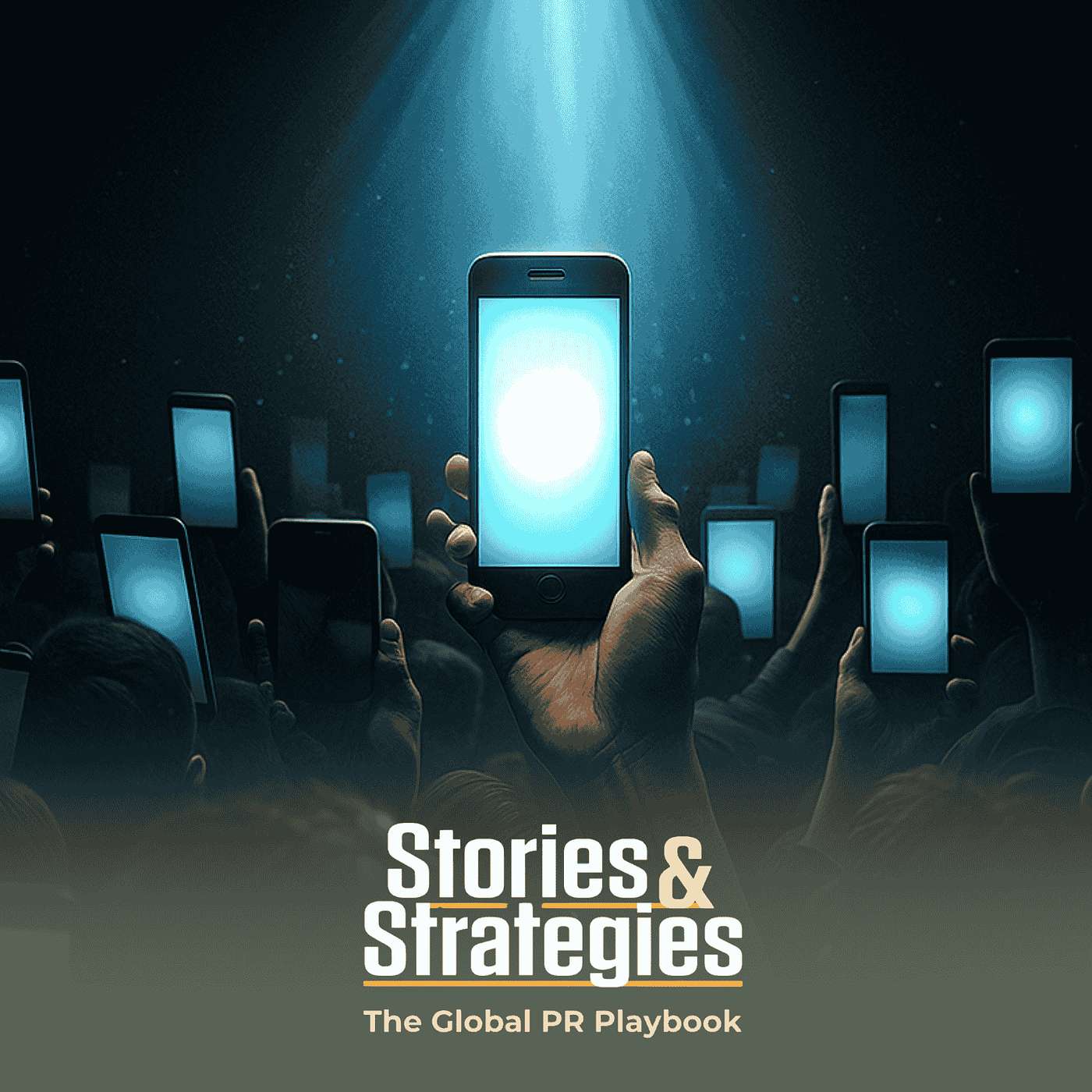Is Attention the New Currency in Public Relations?

Is Attention the New Currency in Public Relations?
The attention economy in public relations is no longer a theory, it is the day to day reality for communicators trying to be heard in a world of infinite content. In this Stories and Strategies episode, Doug Downs and Farzana Baduel speak with Mark Lowe of Third City about why attention now behaves like a commodity and what PR teams can do to win more of it without relying only on paid media.
From Gangnam Style to PR Strategy
Doug opens with Psy’s Gangnam Style for a reason. That 2012 moment proved that timing, cultural insight and memorability can beat budget. Psy did not fit the usual K pop template, but he understood what people were ready to laugh at and share. Then he turned that flash of fame into something longer term by building his own label. That is the same test for PR content today. Can it travel? Can it be shared? Can it make people feel like they are part of an inside story? That is attention at work.
Attention Works Like an Economic Market
Mark Lowe explains that attention today behaves a lot like labour in the industrial age. Everyone has some of it, it is finite, and platforms have found ways to monetise it. Brands are no longer just competing with other brands. They are competing with politics, Netflix, short form video, podcasts and every post ever published. In that market, the attention economy in public relations rewards teams that can earn attention, not just buy it, because earned attention is cheaper and more trusted.
Become an Attention Entrepreneur
To win, PR people have to become what Lowe calls attention entrepreneurs. That means being native to each medium, whether that is a podcast, a 20 second reel, a long LinkedIn post or a live stream. It also means developing ideas strong enough to appear in different places, not just in one press release. Buying reach will always be possible, but earning reach lasts longer.
Attention and Trust Must Travel Together
The episode is clear on one warning. Attention without trust is a party that ends the next morning. Smart PR teams measure whether the attention they win is actually helping the relationship with audiences or burning it. The best use of the attention economy in public relations is to listen first, show up consistently and keep offering ideas people value.
Key takeaways: treat attention as a scarce resource, compete across every channel, and make ideas not ad spend the heart of the plan. In a world where people can mute, block or scroll in a second, the organisations that respect attention will keep earning it.






